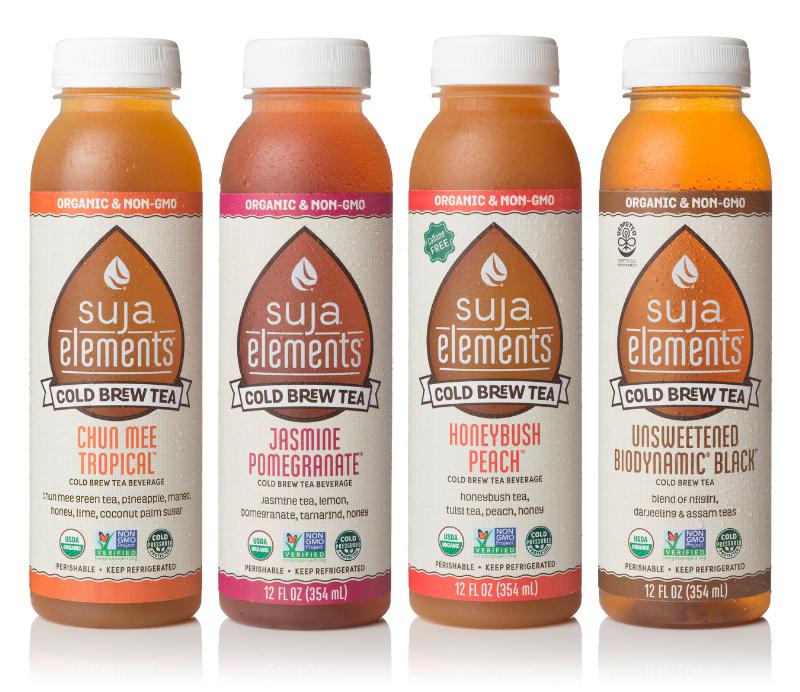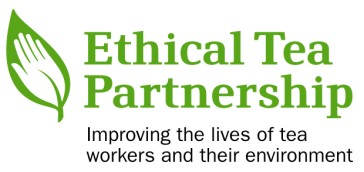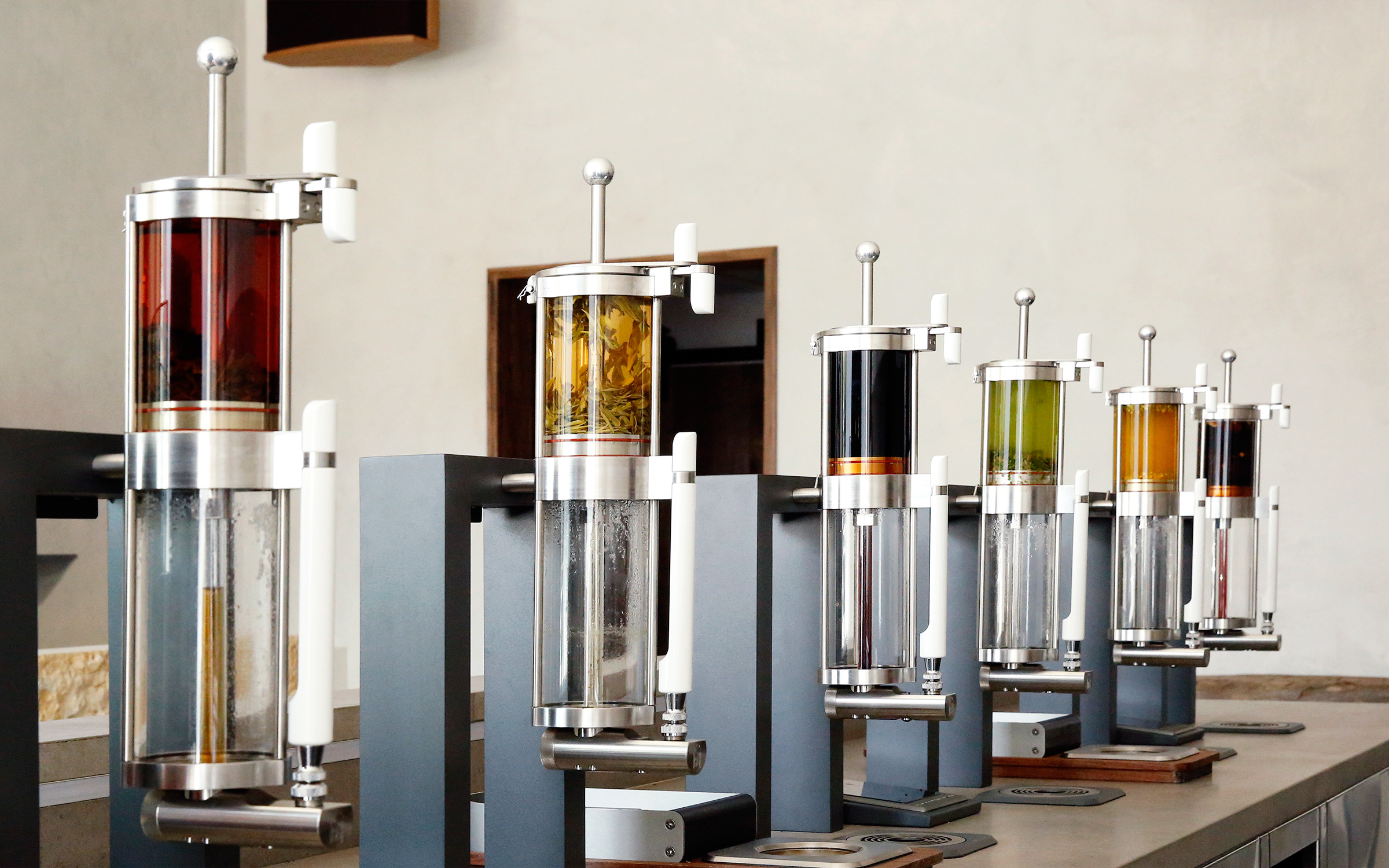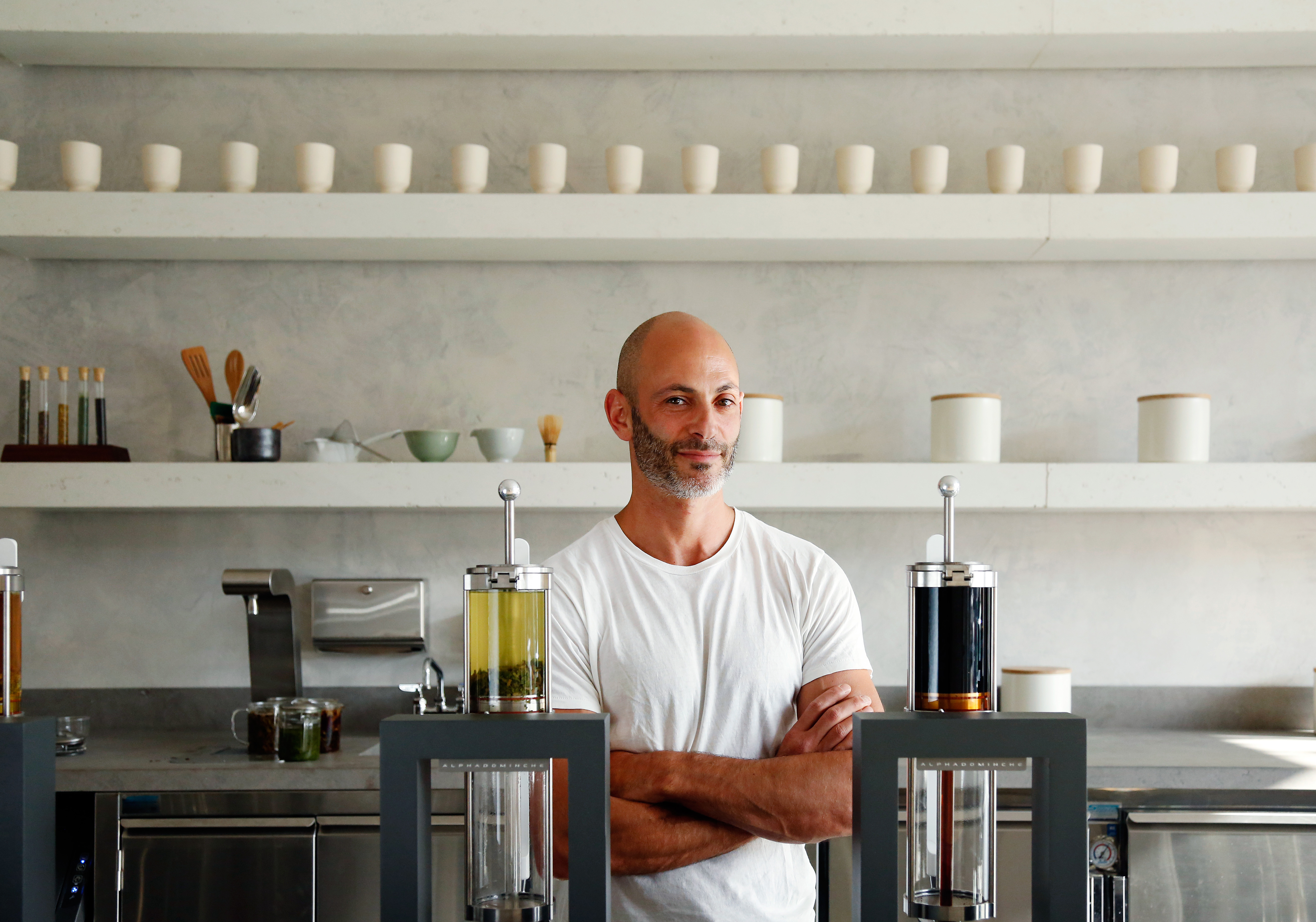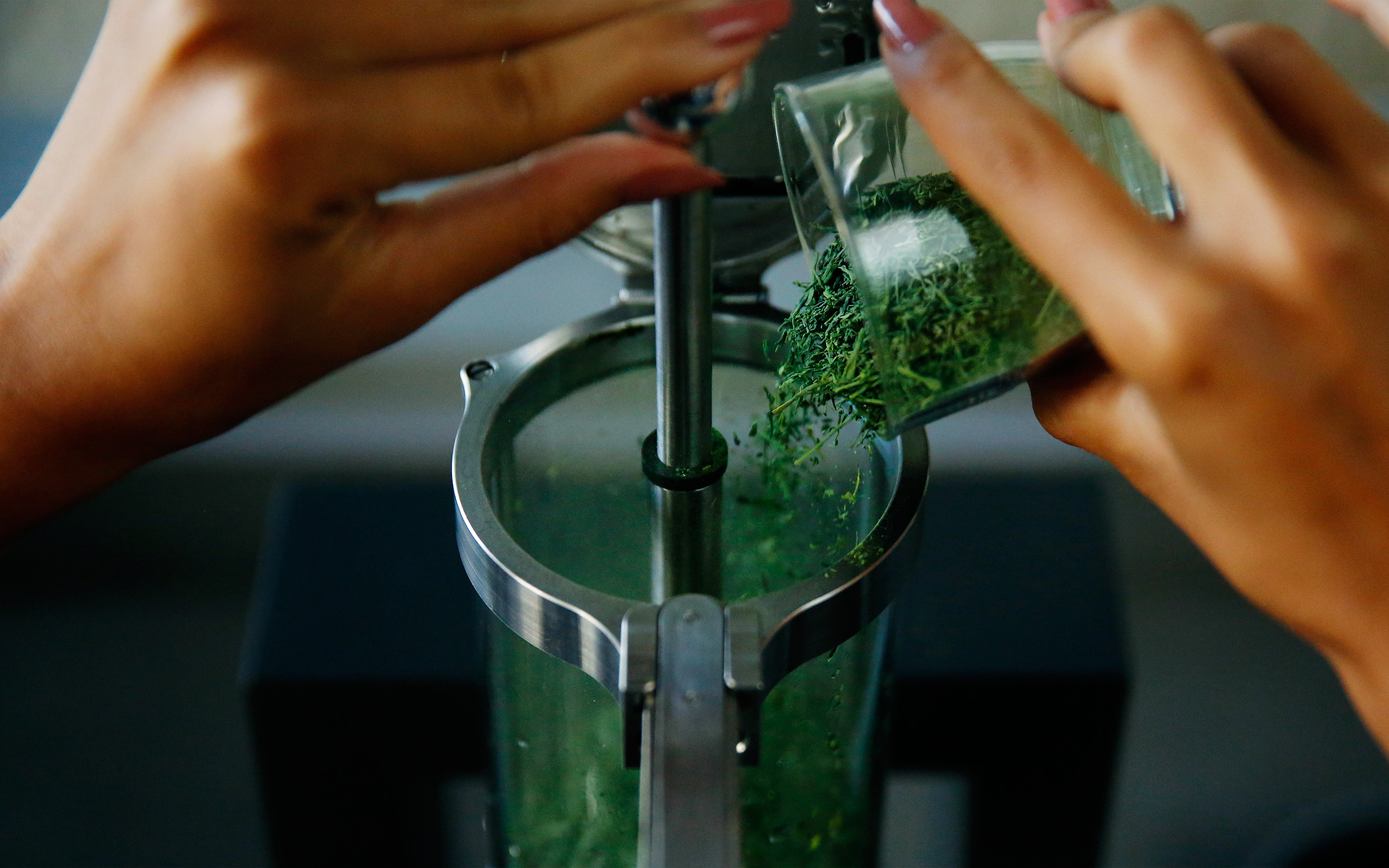What tea professionals need to start the week of July 14, 2014 —
A wok through the new Panda Express tea bar… Amazing Race Canada contenders serve afternoon tea at the Fairmont Empress… Ito En brings first flush shincha to market in bottles and a British restaurant offers Da Hong Pao for $300 a pot.
Panda Express Tea Bar
Fast-serve Asian restaurants often scrimp on their tea selection but Panda Express is experimenting with a concept likely to turn some heads.
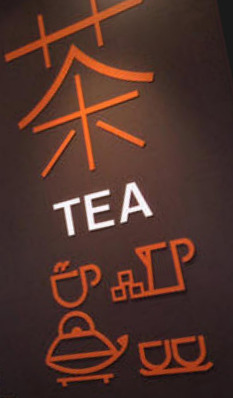 The 30-year-old family restaurant’s 1,657 company-owned locations in the US and in Canada are may roll out a hot tea and boba drinks menu nationwide that could prove popular with young tea drinkers. The modernization of the firm’s menu is under the direction of Andrea Cherng, daughter of founders Andrew and Peggy Cherng.
The 30-year-old family restaurant’s 1,657 company-owned locations in the US and in Canada are may roll out a hot tea and boba drinks menu nationwide that could prove popular with young tea drinkers. The modernization of the firm’s menu is under the direction of Andrea Cherng, daughter of founders Andrew and Peggy Cherng.
Andrea told the Los Angeles Times the restaurant chain hopes to attract millennials with a customized menu.
The company’s innovation store that opened last week in Pasadena, Calif. boasted an attractive and well-stocked tea bar. Tea is an important addition to the restaurants, according to Cherng. “Panda is in a position to bring things like boba to people that may have never heard of it,” said Cherng.
“We had a grand tea master from Taiwan come and design the teas,” said Cherng. “He spent two weeks with us perfecting them.”
 The tea bar in the innovation store serves cake and pastries from a local baker but will soon start producing its own items. In the remodeled dining area customers can order orange chicken burritos and bacon and Shiitake Kale Chicken Breast which are also available at their stores nationally.
The tea bar in the innovation store serves cake and pastries from a local baker but will soon start producing its own items. In the remodeled dining area customers can order orange chicken burritos and bacon and Shiitake Kale Chicken Breast which are also available at their stores nationally.
Executive Chef Andy Kao promises “menu choices that will fuel your body and feed your soul.”
In May he introduced thick cuts of applewood smoked bacon to the Orange Chicken staple. In Pasadena diners can “choose from a selection of sauces that include green onion with ginger, reminiscent of a Hainan chicken sauce, and a fiery red chile Sambal paste. You can also add pickled cucumbers, green papaya slaw, crispy wontons, crispy shallots and crushed peanuts,” reports Daily Dish reporter Jenn Harris.
In Pasadena lines formed for the scallion pancake orange chicken wraps, salads and boba. Bases include salad, scallion pancake wrap, rice and chow mein. Mains include orange chicken, Beijing beef, honey walnut shrimp, kung pao chicken breast, broccoli, string beans, grilled veggies, stir-fry chicken breast or Angus steak with vegetables, or grilled chicken or steak. All of the stir-fries are made to order in giant woks.
 Items come in a large size, which includes two mains and a base for $7, or small, with one main and a base for $5.80. Panda Express is the fastest growing Chinese restaurant concept in America.
Items come in a large size, which includes two mains and a base for $7, or small, with one main and a base for $5.80. Panda Express is the fastest growing Chinese restaurant concept in America.
Source: Los Angeles Times, Panda Express
Amazing Race Canada Stops for Tea
Television producers know that afternoon tea is “in” and so this week’s Amazing Race Canada made a stop at the Fairmont Empress in British Columbia into a formidable challenge.
Winnipeg’s Cormac Foster was stymied at the task of reciting the Afternoon Tea menu verbatim. Selections included roasted bone-in ham with tarragon dijonnaise and a cucumber and ginger mascarpone on butter brioche. His mother and partner Nichole watched the 19-year-old stumble through 10 attempts before advancing to the next challenge.
The event pits 11 pairs on a cross-country tour with a $250,000 prize to the winners, round-trip tickets on Air Canada and a pair of Chevy Silverado pickup trucks with gas for life from Petro-Canada.
Source: The Canadian Press
First Flush Bottled Shincha
Ito En has introduced for a limited time a ready-to-drink first flush shincha green tea.
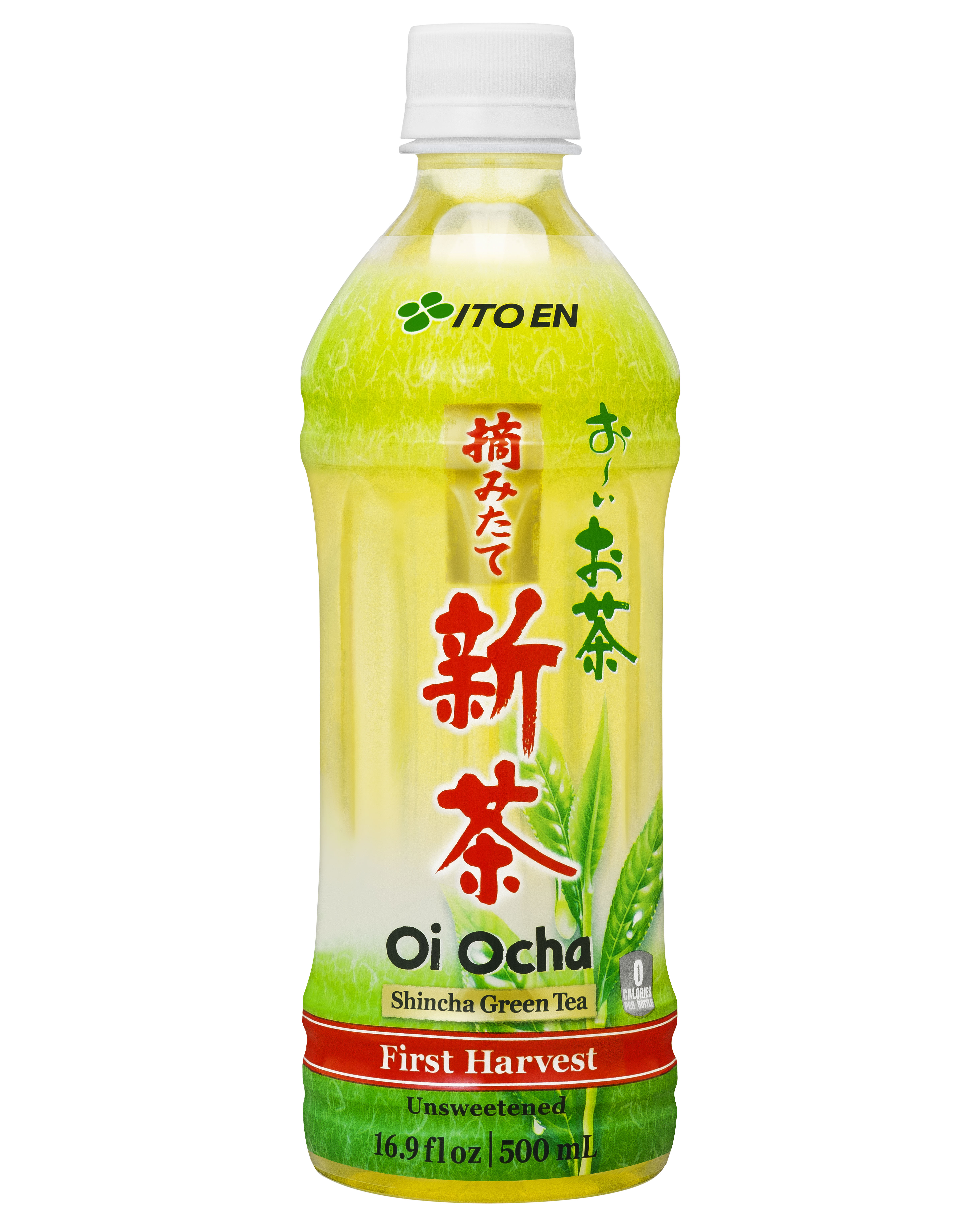 In Japanese, “shin” means new and “cha” means tea. Shincha’s singular character derives from its harvest starting in early April, when young green tea leaves contain naturally higher concentrations of nutrients and vibrant flavors, the result of wintertime dormancy. Fresh Shincha leaves are distinct from latter-harvested green teas, with a subtle sweetness attributed to a higher content of the amino acid L-theanine and a lower caffeine content. The rich and vividly green tea leaves are not only fragrant and fresh in taste, but higher in Vitamin C and catechin antioxidants than regular green tea.
In Japanese, “shin” means new and “cha” means tea. Shincha’s singular character derives from its harvest starting in early April, when young green tea leaves contain naturally higher concentrations of nutrients and vibrant flavors, the result of wintertime dormancy. Fresh Shincha leaves are distinct from latter-harvested green teas, with a subtle sweetness attributed to a higher content of the amino acid L-theanine and a lower caffeine content. The rich and vividly green tea leaves are not only fragrant and fresh in taste, but higher in Vitamin C and catechin antioxidants than regular green tea.
“Americans’ evolved palates are appreciating the flavor nuances among green teas, making this the optimal time to introduce Shincha in a modern and convenient way,” says Rona Tison, senior vice president of Corporate Relations of ITO EN (North America). “Authentically brewed and bottled to preserve the young green tea’s essence, Oi Ocha’s Shincha is an experience like no other.”
“Shincha offers the ultimate tea experience for us Japanese,” says celebrity Chef Matsuhisa of Nobu Restaurants. “I am pleased that it has made its way to America as the fresh aroma and flavor is truly unmatched. Its smooth and clean finish truly complements the purity of our cuisine.”
Oi Ocha’s Shincha is available in 16.9 fl oz. BPA-free, recyclable bottles at select retailers.
Learn more at www.itoen.com
A $300 Pot of Tea
London’s Royal China Club is offering a pot of Da Hong Pao for £180 ($300), according to the Daily Mail.
The tea was aged 80 years according to the restaurant spokesman who explained that Da Hong Pao dates to the Qing Dynasty where it was reserved for honored guests.
The tea is handmade from tender leaves, withered, tumbled, curled and baked in small batches over charcoal to create an aromatic infusion with distinctive dark cocoa notes, a toasted fruity flavor and a long smooth aftertaste that lingers for several minutes after consumed, said sommelier Peter Chan.
The Royal China Group restaurants are known for their dim sum and 18 types of artisan teas priced from $8 for service for two.
Source: Daily Mail
? ? ?
Tea Biz serves a core audience of beverage professionals in the belief that insightful journalism informs business decision-making. Tea Biz reports what matters along the entire supply chain, emphasizing trustworthy sources and sound market research while discarding fluff and ignoring puffery.
Tea Biz posts are available to use in your company newsletter or website. Purchase reprint and distribution rights for single articles or commission original content. Click here for details.


